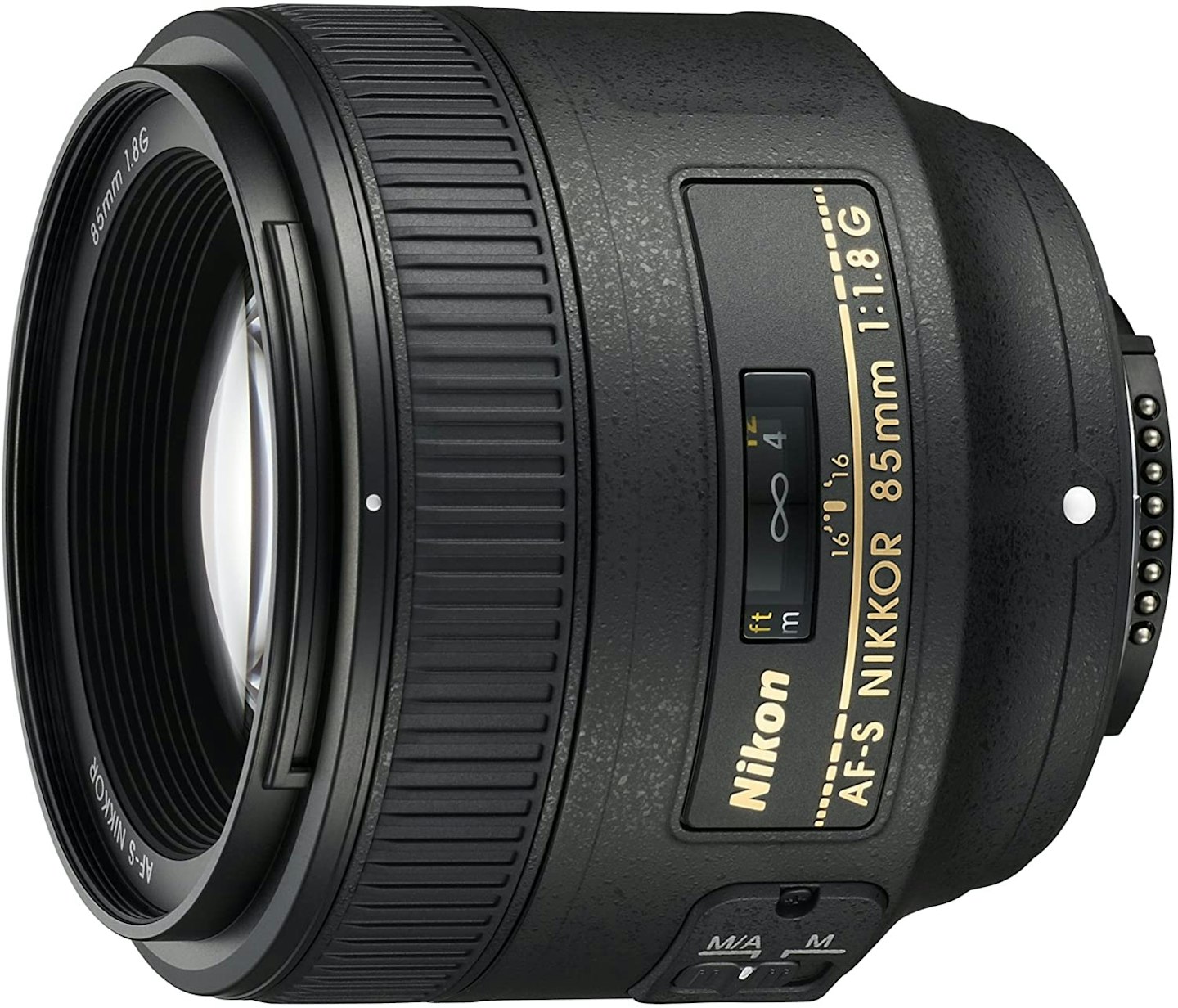Verdict: This is a fantastic lens that performs superbly, with unbeatable optical quality, smooth and quiet autofocus and an aperture range perfectly suited to portraiture. These factors combine to make it a real joy to use, but with quite a specific application, it may not find its way into everyone’s camera bag. For portrait photographers using the full-frame format it’s certainly worth investing in and makes a great partner for either the D700 or Nikon’s D800.
However, while it fits cameras with APS-C sized sensors (and this further improves the optical quality by cropping out much of the vignetting at wider apertures) it does leave you with a focal length equivalent of 127.5mm and realistically, this is a bit too long for portraiture and not quite long enough for other applications like sport or nature. That makes it more limited for those who use an APS-C body and they’d be advised to pick up Nikon’s AF-S 50mm f/1.8G instead.

Prime lenses are an invaluable part of a photographer’s arsenal. While their fixed focal lengths mean they can seem lacking in flexibility, they more than make up for this with increased optical quality. Being of a simple construction, they’re usually quite light and therefore very portable, while their wide maximum apertures make them ideal for low-light situations and shallow depth-of-field effects.
This prime lens, the Nikkor AF-S 85mm f/1.8G, was released to update another in Nikon’s line up, the Nikkor AF 85mm f/1.8 D, and is aimed at portrait photographers, or for those looking for a short telephoto lens for documentary photography.
Features & build
Designed to fit both full-frame and APS-C D-SLRs, this lens will give you a fixed focal length of 85mm, becoming a 127.5mm equivalent once mounted in front of smaller APS-C sensors.Construction wise, the lens features nine elements in nine groups with a seven-blade aperture diaphragm for a smooth bokeh. The aperture will open up to a maximum of f/1.8 for a super shallow depth-of-field and closes down to a minimum of f/16.
Being an AF-S lens means it has Nikon’s Silent Wave Motor (SWM) allowing for near silent auto focus, making it good for video as well as stills with no whirring or groaning sounds ruining the sound in your shot. Having the AF motor in the lens also means it will suit the entire range of Nikon D-SLRs – even bodies such as the D5100 which don’t feature an in-built autofocus motor.
Also included is a lens-mounted switch to choose between auto and manual focus should you need to lock the focus in your shot or control it manually.
At 80mm in diameter and 73mm in length this lens is slightly larger than its predecessor (at 71.5x58.5mm ) but with a plastic rather than metal body, it weighs in at just 350g – 30g lighter than the older model. The front element accepts 67mm filters and it’s supplied with a detachable HB-62 lens hood.
Performance & handling
The 85mm f/1.8G feels quite light in the hand – more so than its size would suggest – while still appearing fairly sturdy and well-made. It isn’t the smallest lens available, but it feels balanced on any body in Nikon’s range, from large, pro-spec D-SLRs, to smaller entry-level models. The MA/M focus switch has a very satisfying click and the manual focus ring is smooth, offering consistent friction all the way through its range of movement.
The minimum focus distance of 0.8m was good enough for what the lens needed to do and although it doesn’t offer macro style options, it will allow you to get near enough for some really great close-up portraits. The SWM certainly did its job, too, with fast and quiet focus making it a very responsive lens to use.
The wide maximum aperture of f/1.8 is a great feature and is really useful for maintaining fast shutter speeds in low light while offering some creative shallow depth-of-field options, with a lovely smooth bokeh.
Being much more of a portrait lens, we didn’t find the minimum aperture of f/16 at all restrictive and the maximum depth-of-field was more than enough.
Optically the lens performed magnificently; there was almost no chromatic aberration (fringeing) at any aperture right through the range and nothing to grumble about in terms of sharpness, either.
Our lens test chart showed close to pin-sharp images at f/1.8, getting progressively sharper up to a sweet spot around f/8. Vignetting, on the other hand, was very noticeable at the widest aperture, but quickly became much less prominent until it all but vanished at f/2.8.
Want to compare it to other Nikon prime lenses? Read our round up of the Sharpest Nikon Prime Lenses Under £1000.
.jpeg?auto=format&w=1440&q=80)
Specification
Focal length: 85mm
Maximum aperture: f/1.8
Minimum aperture: f/16
Minimum focus distance: 0.8m
Autofocus motor: Yes (SWM)
Lens construction: 9 elements in 9 groups
No. of diaphragm blades: 7
Filter attachment: 67mm
Dimensions: 80x73mm (diameter x length)
Weight: 350g
Subscribe to the What’s The Best Newsletter to keep up to date with more of the latest reviews and recommendations from Kirk and the rest of the What’s The Best team.
Kirk Schwarz is a tech-addicted photographer with over a decade's experience; Kirk’s used to putting new gear through extreme field testing. He's previously written for Practical Photography.
.jpeg?ar=16%3A9&fit=crop&crop=top&auto=format&w=1440&q=80)